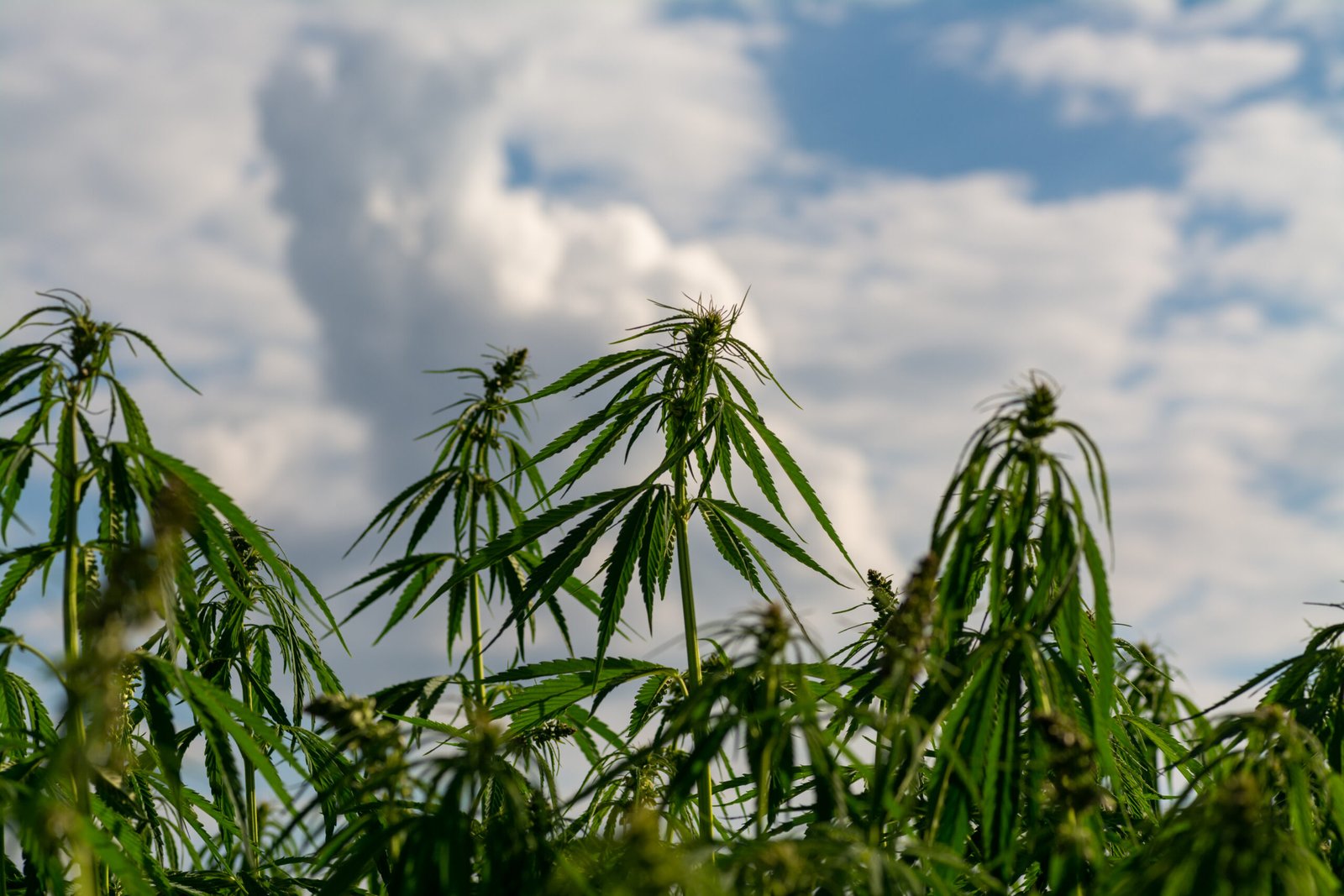During the summer months, when temperatures are high and water evaporates quickly, watering cannabis needs to be done scientifically and sensibly to ensure healthy plant growth. Here are some scientific watering methods and suggestions:
- Choose the right time to water Morning: Watering cannabis in the morning is the best option as it is cooler and water evaporates slower, allowing the plant to stay hydrated throughout the heat of the day.
Evening: If you don’t have time in the morning, evening is also a good option, but avoid watering at night, as moist conditions tend to harbour germs at night. - Checking soil moisture Finger test: Insert your finger into the soil 2-3cm deep and feel if it is dry. If the soil is dry, watering is needed; if the soil is moist, watering can be delayed.
Hygrometer: Use a soil moisture meter to measure soil moisture more accurately and help determine if watering is needed. - Control the amount of watering Avoid over-watering: Over-watering can lead to a lack of oxygen at the roots and affect plant growth. Each time you water, make sure the water penetrates deep into the soil, but don’t make the soil too wet.
Gradual watering: Don’t water a lot at once, but gradually increase the amount of water to allow the soil to fully absorb the water. - Maintain even moisture levels Even watering: Make sure you cover the entire root zone when watering, don’t concentrate on just one spot to ensure that the roots can absorb water evenly.
Good drainage: Choose well-drained soil and pots to avoid water pooling at the roots, which can lead to root rot. - Consider environmental conditions Temperature and humidity: In high temperature and low humidity, water evaporates faster and requires more frequent watering. At higher humidity, watering frequency can be reduced.
Wind speed and light: Higher wind speeds and intense light increase transpiration and require more frequent watering. - Use of Mulch Mulch: Covering the soil surface with a layer of mulch (e.g. straw, bark, etc.) can reduce water evaporation and maintain soil moisture.
- Observe plant condition Leaf Condition: Observe the condition of cannabis leaves. If the leaves begin to droop, the plant may be dehydrated and needs to be watered promptly.
Colour change: Lightening or yellowing of the leaves may also be a sign of water shortage, and the amount of watering needs to be adjusted appropriately. - Drip irrigation system Automatic drip irrigation: The use of automatic drip irrigation system can achieve regular and quantitative watering, to ensure that plants can continue to get enough water in the high temperature.
- Spray watering Foliar spray: In particularly hot weather, you can use foliar spray to increase air humidity and leaf moisture, but avoid doing it under direct sunlight to avoid leaf burn.
Summing up.
Scientifically watering cannabis during the summer months requires a combination of time of year, soil moisture, environmental conditions, and the specific condition of the plant. By doing so, you can effectively keep your plant hydrated and promote healthy growth. Proper watering not only helps to increase production, but also prevents pests and diseases and ensures the quality of cannabis.

